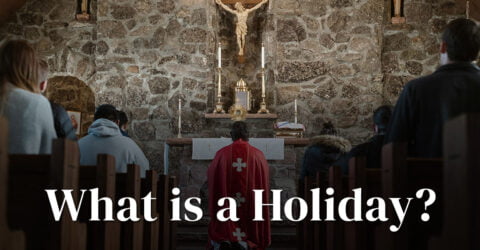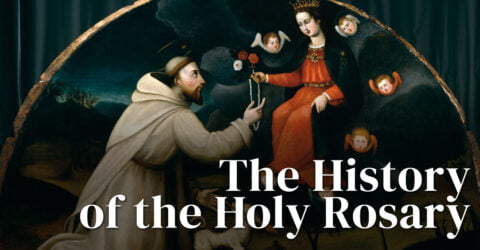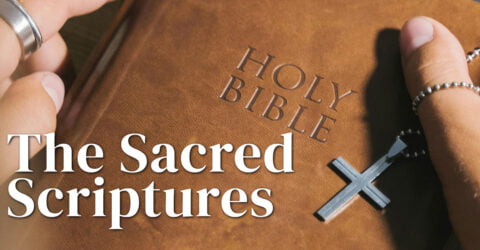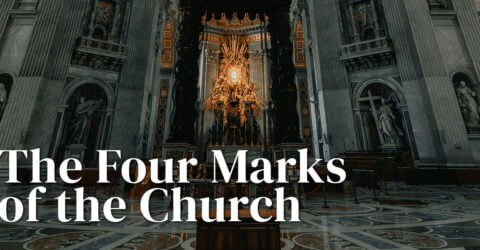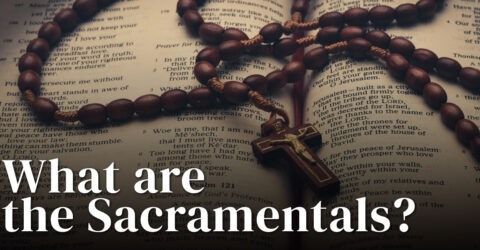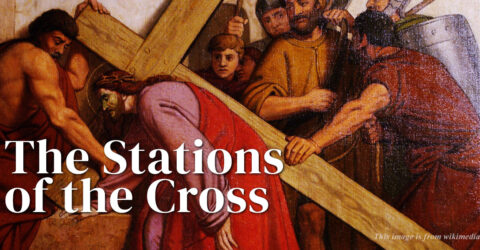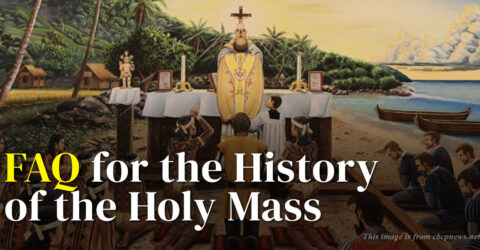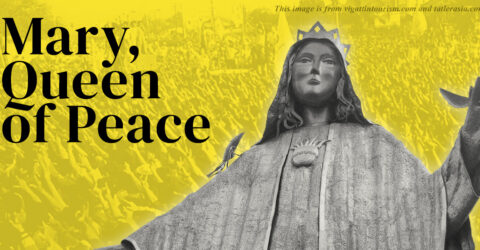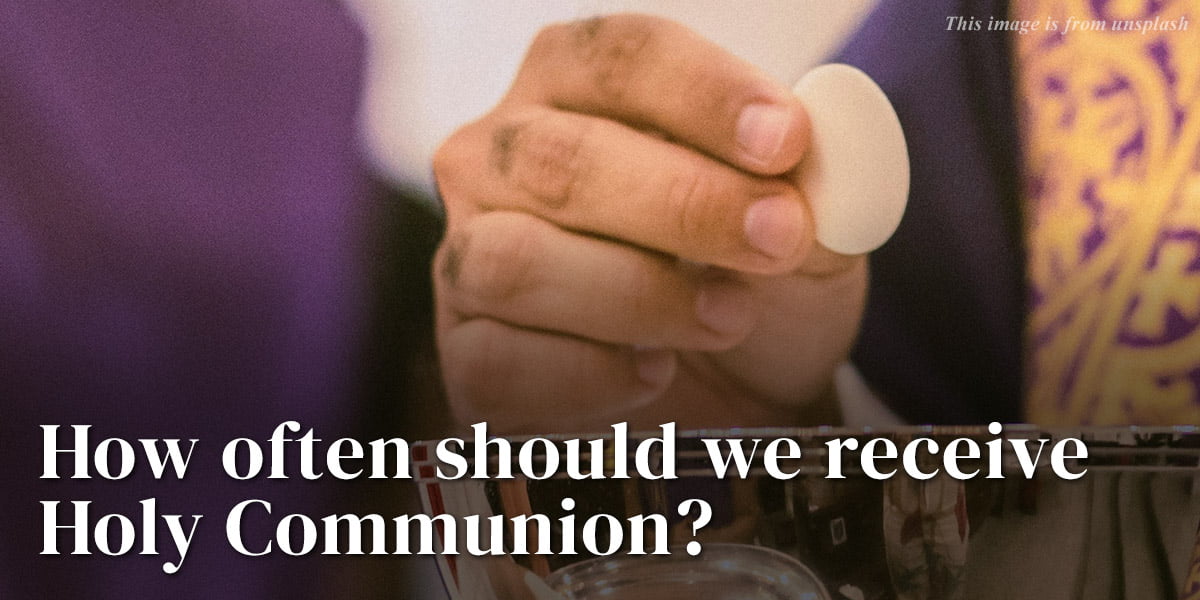
During the Last Supper, our Lord commanded His Disciples “This is my body, which is given for you. Do this for a commemoration of me.” (Luke 22:19). Following His commandment, the Apostles celebrated Holy Mass and gave communion to the faithful. It is very important because Christ promises that those who eat His flesh (Sacred Host) and drink His blood shall have everlasting life. Our Lord Jesus Christ is presented to us in the form of Bread, the Holy Eucharist, each time we attend Mass. But how often should we receive Holy Communion?


